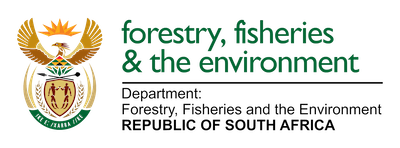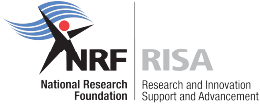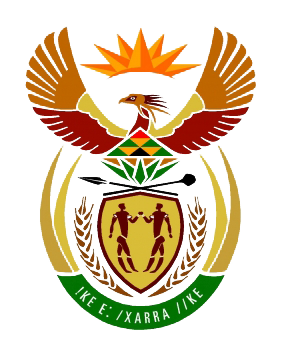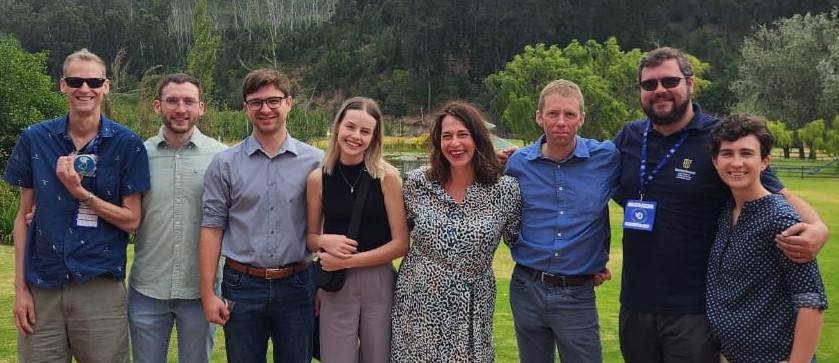
by Ria Olivier | Feb 28, 2024 | Engineering, Research, SA Agulhas II, SANAP, SANAP Student
 Another session within the Marine and Antarctic Research Strategy research theme : Innovation and engineering was chaired by Annie Bekker of the Sound and Vibration Group (SVG) at Stellenbosch university. This was an evening session done in a round table format and included international speakers from Finland. Prof Bekker gave an overview of the research and the sessions format tool on a round table/panel discussion. (Picture: Presenters of the session at the venue)
Another session within the Marine and Antarctic Research Strategy research theme : Innovation and engineering was chaired by Annie Bekker of the Sound and Vibration Group (SVG) at Stellenbosch university. This was an evening session done in a round table format and included international speakers from Finland. Prof Bekker gave an overview of the research and the sessions format tool on a round table/panel discussion. (Picture: Presenters of the session at the venue)
 Above (l-r): Annie Bekker, Gerhard Durandt, Chante Van der Spuy, Nico de Koker
Above (l-r): Annie Bekker, Gerhard Durandt, Chante Van der Spuy, Nico de Koker
- Annie Bekker SA Agulhas II – Flagship for vessel 4.0. (Abstract)
- Gerhard Durandt The Development of a Structural Digital Twin for the SA Agulhas II. (Abstract)
- Chante Van der Spuy The Classification of Multi-Impact Events by the Application of Inverse Methods and Machine Learning. (Abstract)
- Nico de Koker Inversion and Extreme Value Analysis of Ice Loading on Propulsion Shaft of the SA Agulhas II. (Abstract)
 Above(l-r): Micaela Melim, Ben Steyn, Brendon Nickerson, Nicole Taylor
Above(l-r): Micaela Melim, Ben Steyn, Brendon Nickerson, Nicole Taylor
- Micaela Melim Expanding the Capabilities of Mariner 4.0: A human-centred monitoring and research tool. (Abstract)
- Ben Steyn A Longitudinal Study of the Open-Water Performance of an Ice-Class Vessel. (Abstract)
- Brendon Nickerson Inverse calculations of ice impacts on propulsion machinery. (Abstract)
- Nicole Taylor The berth of Mariner 4.0: A human-centred monitoring and research tool. (Abstract)
 International speakers join the session and Sarah Nicholson of SOCCO present on robotics innovation. JP Barnard gave a presentation on data management during the cross-theme session chaired by Anne Treasure on day 1. Above(l-r): Jukka Tuhkuri, Miko Lensu, Sarah Nicholson, JP Barnard
International speakers join the session and Sarah Nicholson of SOCCO present on robotics innovation. JP Barnard gave a presentation on data management during the cross-theme session chaired by Anne Treasure on day 1. Above(l-r): Jukka Tuhkuri, Miko Lensu, Sarah Nicholson, JP Barnard
- Jukka Tuhkuri Ice Load measurement and ice condition monitoring onboard S.A. Agulhas II. (Abstract)
- Miko Lensu Sea ice research of Finnish Meteorological Institute. (Abstract)
- Sarah Nicholson South African Robotics and Ocean Technology Innovation Centre (SA-RobOTIC). (Abstract)

by Ria Olivier | Feb 27, 2024 | Research, SANAP, SANAP Student
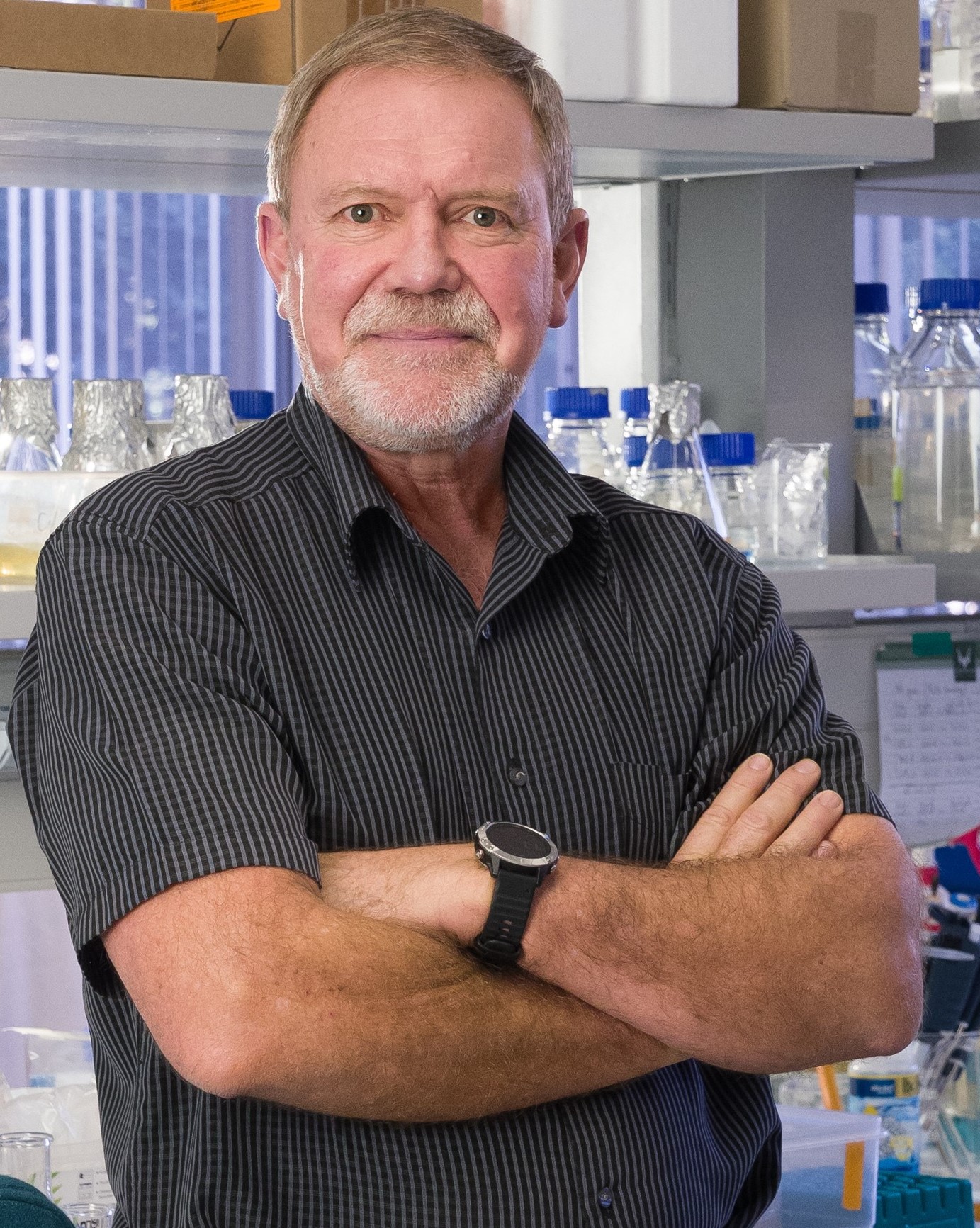 Another session within the Marine and Antarctic Research Strategy research theme : Ecosystems, biodiversity and biodiscovery was chaired by Donald Cowan of the University of Pretoria, he also chaired the session for Thulani Makhalanyane’s project research. Dr Dowan started of the first section with his own presentation followed by research within his project.
Another session within the Marine and Antarctic Research Strategy research theme : Ecosystems, biodiversity and biodiscovery was chaired by Donald Cowan of the University of Pretoria, he also chaired the session for Thulani Makhalanyane’s project research. Dr Dowan started of the first section with his own presentation followed by research within his project.
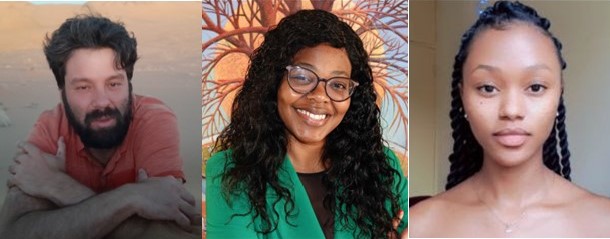 Above (l-r): Pedro Lebre, Silindile Maphosa, Lefentse Mashamaite
Above (l-r): Pedro Lebre, Silindile Maphosa, Lefentse Mashamaite
- Don Cowan: Microbial ecology of Antarctic desert soils. (Abstract)
- Pedro Lebre: Biogeographic survey of soil microbial communities across Antarctica. (Abstract)
- Silindile Maphosa: Exploring the functional potential of microbial metagenome-assembled genomes (MAGs) from sub-Antarctic islands. (Abstract)
- Lefentse Mashamaite: Microbial diversity in Antarctic Dry Valley soils across an altitudinal gradient. (Abstract)
 Prof Makhalanyane project presentations. Above (l-r): Runesu Bakasa, Marike Hillocks, Riaan Pierneef, Mancha Mabaso, Choaro Dithugoe
Prof Makhalanyane project presentations. Above (l-r): Runesu Bakasa, Marike Hillocks, Riaan Pierneef, Mancha Mabaso, Choaro Dithugoe
 Poster Presentations. Above (l-r): Sade Magabotha, Christophe Lefebvre, Elizabe Malan, Benjamin Abraham, Nelisiwe Hedebe, Michelle Bekker
Poster Presentations. Above (l-r): Sade Magabotha, Christophe Lefebvre, Elizabe Malan, Benjamin Abraham, Nelisiwe Hedebe, Michelle Bekker
- Sade Magabotha: A reproducible microbiome pipeline for the identification of horizontally acquired mobile genetic elements. (Abstract)
- Christophe Lefebvre: Using computational tools to shed light on microbes with capacity to degrade microplastics in the oceans. (Abstract)
- Elizabe Malan: Understanding the dynamics of microbial communities in the Congo River plume. (Abstract)
- Benjamin Abraham: Nutrient Co Limitation of Bacterial Communities within the Southern Ocean. (Abstract)
- Nelisiwe Hedebe: Charting the diversity of Giant viruses of Antarctic dry valley permafrost. (Abstract)
- Michelle Bekker: Phage diversity in the Southern Ocean. (Abstract)
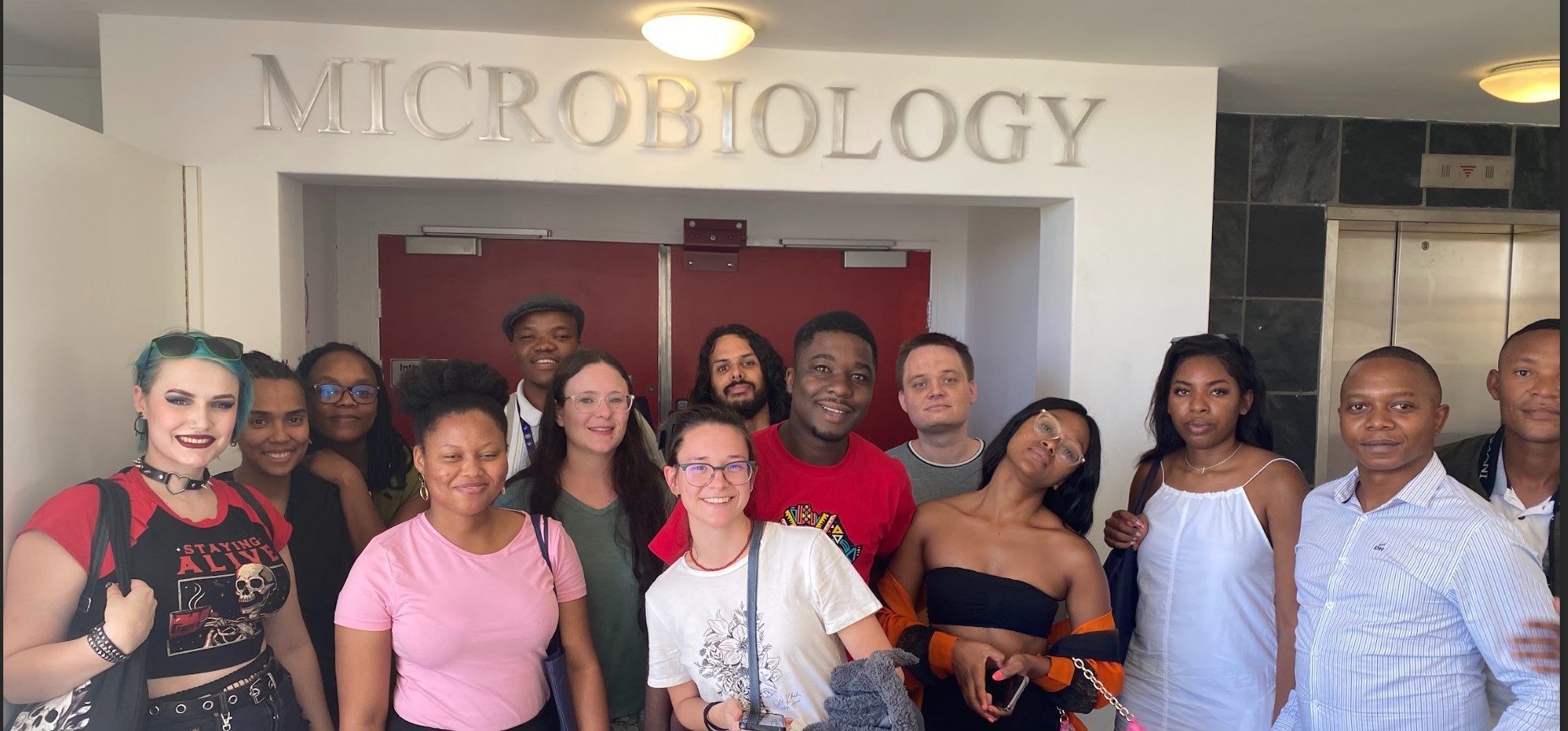
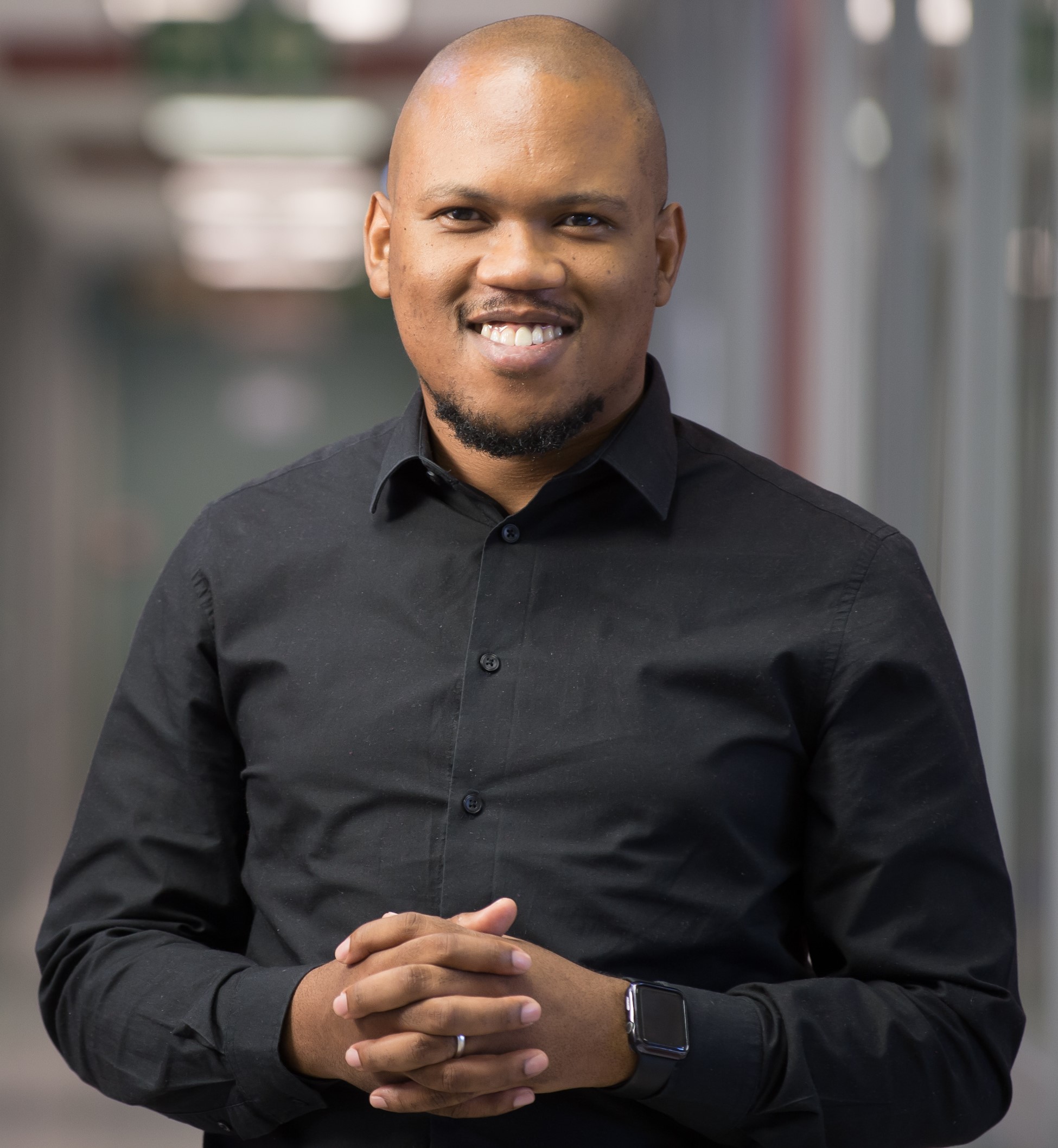 Although Prof Makhalanyane(left) could only attend the National Committee and not the presentations, his students from Pretoria University were able to visit his new workplace at Stellenbosch University. (Photo credit: Riaan Pienaar)
Although Prof Makhalanyane(left) could only attend the National Committee and not the presentations, his students from Pretoria University were able to visit his new workplace at Stellenbosch University. (Photo credit: Riaan Pienaar)

by Ria Olivier | Feb 27, 2024 | Oceanography, Research, SANAP, SANAP Student, South Atlantic, Southern Ocean, Uncategorised

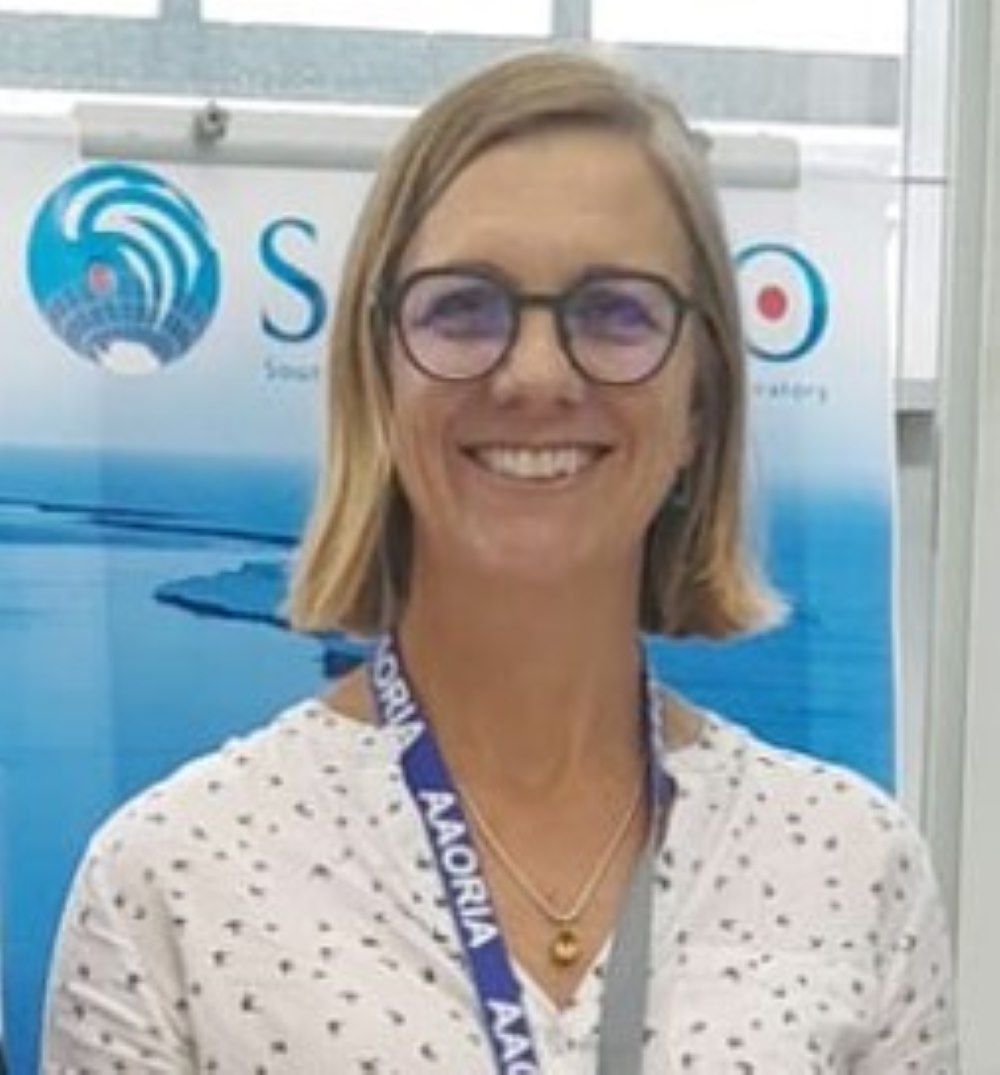
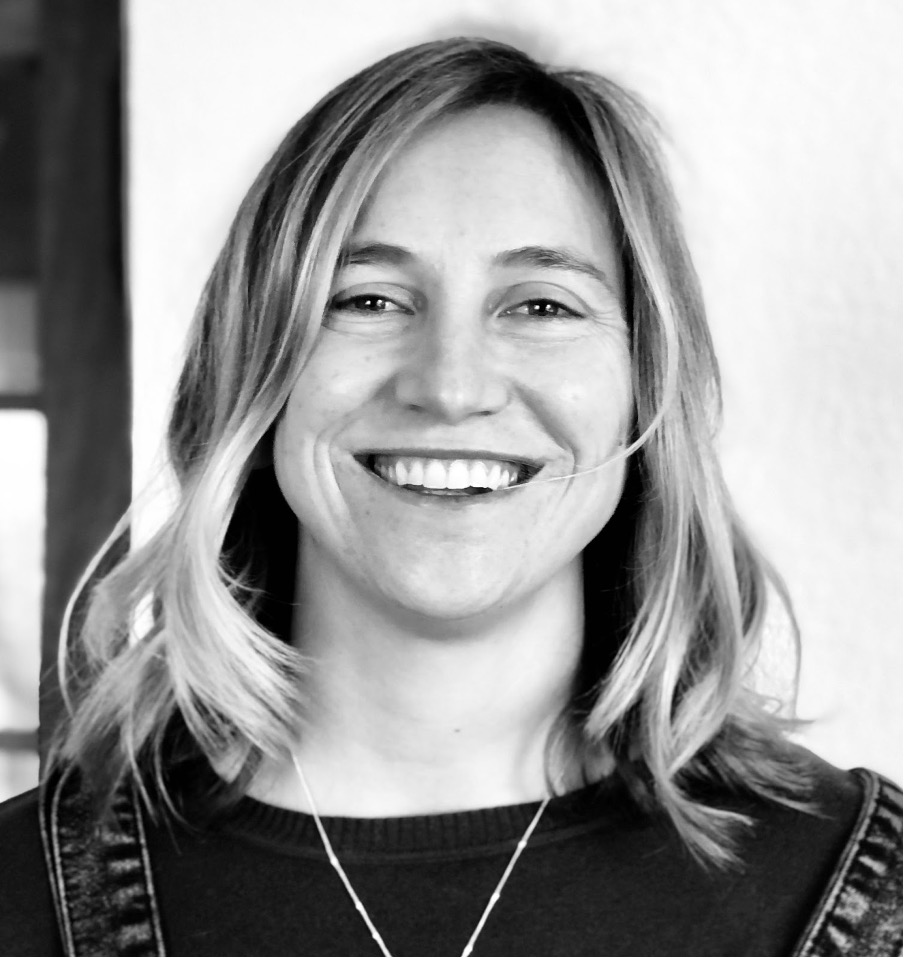 The second session within the Marine and Antarctic Research Strategy research theme : Oceans and marine ecosystems under global change was chaired by Sandy Thomalla and Sarah Nicholson from Southern Ocean Carbon- Climate Observatory (SOCCO). The session title, “The Southern Ocean’s sensitivity to a changing climate: insights from a seasonal cycle approach” were presented through oral presentations and e-posters from SOCCO. (Left Sandy Thomalla, Right Sarah Nicholson, above SOCCO group photo)
The second session within the Marine and Antarctic Research Strategy research theme : Oceans and marine ecosystems under global change was chaired by Sandy Thomalla and Sarah Nicholson from Southern Ocean Carbon- Climate Observatory (SOCCO). The session title, “The Southern Ocean’s sensitivity to a changing climate: insights from a seasonal cycle approach” were presented through oral presentations and e-posters from SOCCO. (Left Sandy Thomalla, Right Sarah Nicholson, above SOCCO group photo)
 Above (l-r): Tesha Toolsee, Tommy Ryan-Keogh, Thapelo Ramalepe, Thato Mtshali.
Above (l-r): Tesha Toolsee, Tommy Ryan-Keogh, Thapelo Ramalepe, Thato Mtshali.
- Sarah Nicholson: The impact of storms on CO2 and heat exchange across the Southern Ocean.
- Tesha Toolsee: The complex role of storms in modulating intra-seasonal air-sea CO2 fluxes in the sub-Antarctic Southern Ocean.
- Sandy Thomalla: Trends in Southern Ocean Phytoplankton bloom phenology.
- Sifiso Mpapane: Understanding photo acclimation effects on Chl:C ratio in the Southern Ocean: modelling considerations and insights into seasonal assemblage composition. (E-poster)
- Tommy Ryan-Keogh: Multi-decadal trend of increasing iron stress in the Southern Ocean phytoplankton.
- Thapelo Ramalepe: Exploring the seasonal processes governing manganese supply in the Southern Ocean.
- Thato Mtshali: Winter-time distributions and dissolved iron mixed layer budget in the south Atlantic sector of the Southern Ocean.
- Miranda Sitofile: Investigating seasonal variability of dissolved iron in the South Atlantic sector of the Southern Ocean: Insights from the winter and spring SCALE 2019 cruises. (e-poster)
- Lillina Ruiters: Variability of phytoplankton photo physiology in the Southern Ocean: an analysis of assumptions and uncertainties. (e-poster)
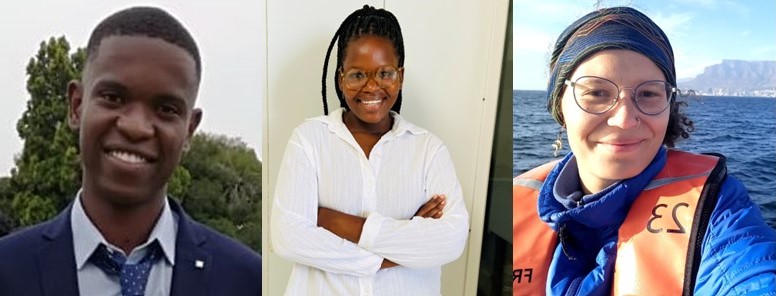 Above(l-r): Sifiso Mpapane, Miranda Sitofile, Lillina Ruiters
Above(l-r): Sifiso Mpapane, Miranda Sitofile, Lillina Ruiters
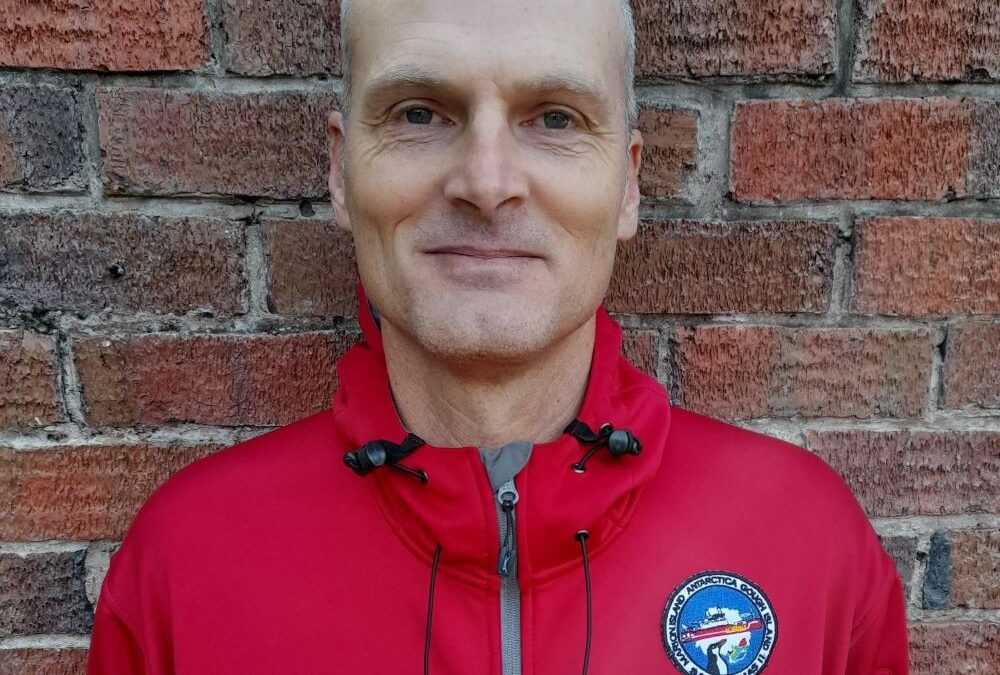
by Ria Olivier | Feb 27, 2024 | Antarctica, Environment, Geomorphology, Marion Island, Research, SANAP, SANAP Student
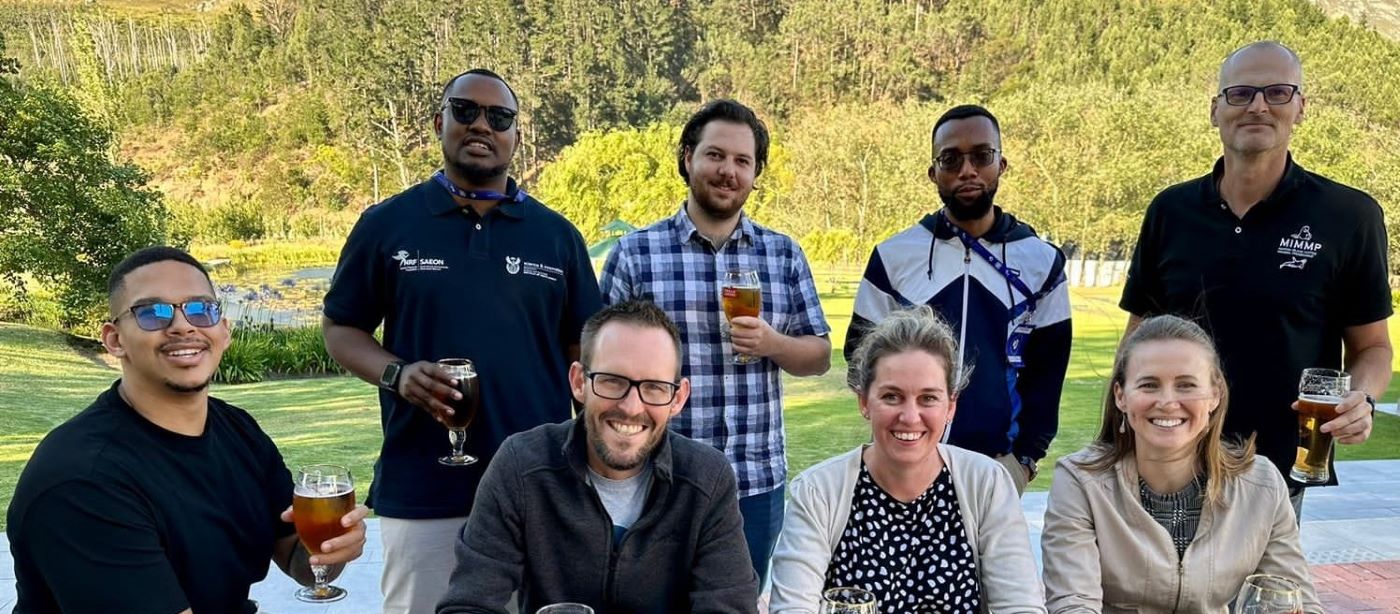
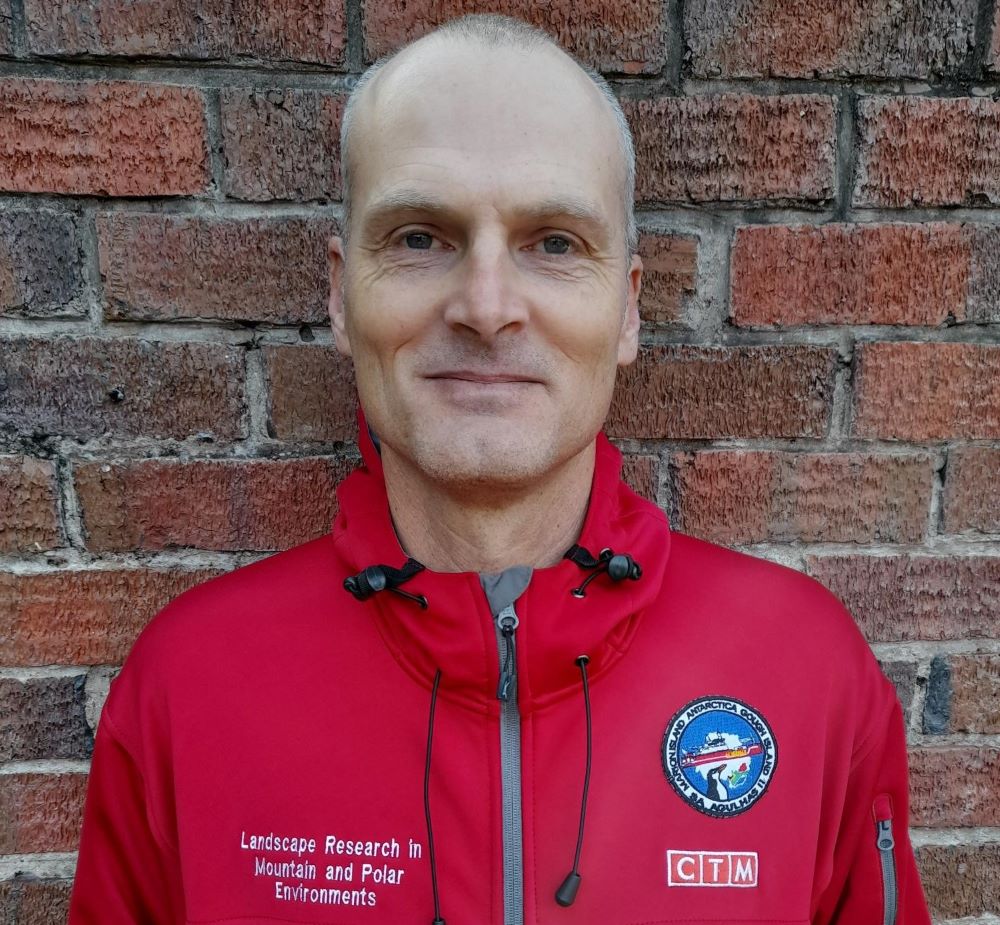 Prof Werner Nel chaired the session on earth system Observations under the title: “Antarctic and sub-Antarctic Earth Science”. The session opened with a talk by Geoff Grantham of University of Johannesburg and Werner then introduced research Landscape and climate interactions in the sub-Antarctic. The session was in the format of a panel and roundtable discussion. (Above group photo of Landscape research in mountain and polar environments)
Prof Werner Nel chaired the session on earth system Observations under the title: “Antarctic and sub-Antarctic Earth Science”. The session opened with a talk by Geoff Grantham of University of Johannesburg and Werner then introduced research Landscape and climate interactions in the sub-Antarctic. The session was in the format of a panel and roundtable discussion. (Above group photo of Landscape research in mountain and polar environments)
 In this session four higher education Institutions were represented.
In this session four higher education Institutions were represented.
 Above l-r: Geoff Grantham (UJ), Liezel Rudolph (UFS), Abu Nguna (UFH), Sibusiso Sinuka (UFH), Zenande Kabase(UFH)
Above l-r: Geoff Grantham (UJ), Liezel Rudolph (UFS), Abu Nguna (UFH), Sibusiso Sinuka (UFH), Zenande Kabase(UFH)
- Dr Geoff Grantham: Geological and Geophysical Research in Western Dronning Maud Land, Antarctica. Fieldwork, Laboratory Methods, History and Progress over ~40 years. (Abstract)
- Prof Werner Nel: Landscape and climate interactions in the sub-Antarctic: Past, present and future. (Abstract)
- Dr Elizabeth Rudolph: The deglaciation of sub-Antarctic Marion Island. (Abstract)
- Mr Sibusiso Sinuka: Towards determining the formation ages of the lithologies on sub-Antarctic Marion Island. (Abstract)
- Mr Abuyiselwe Nguna: Preliminary results of fallout 137Caesium techniques on Aeolian land features on sub-Antarctic Marion Island . (Abstract)
- Mr Zenande Kabase: Long term trends in extreme daily temperature and precipitation on sub-Antarctic Marion Island from 1950 to 2020. (e-Poster)(Abtract)
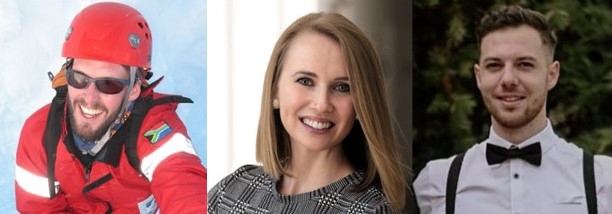 Other presentations of this project were given in the data management and humanities sessions as well as David Hedding in the summer survey as he only joined on 30 November due to the Prince Edward Island Scientific Expedition. (l-R: David Hedding (UNISA), Marike Stander (UFS), Bjorn Boyes (UFS)
Other presentations of this project were given in the data management and humanities sessions as well as David Hedding in the summer survey as he only joined on 30 November due to the Prince Edward Island Scientific Expedition. (l-R: David Hedding (UNISA), Marike Stander (UFS), Bjorn Boyes (UFS)

by Ria Olivier | Feb 26, 2024 | Antarctica, Biosecurity, Engineering, Mammology, Marine Protected Area, Marion Island, Research, SANAP
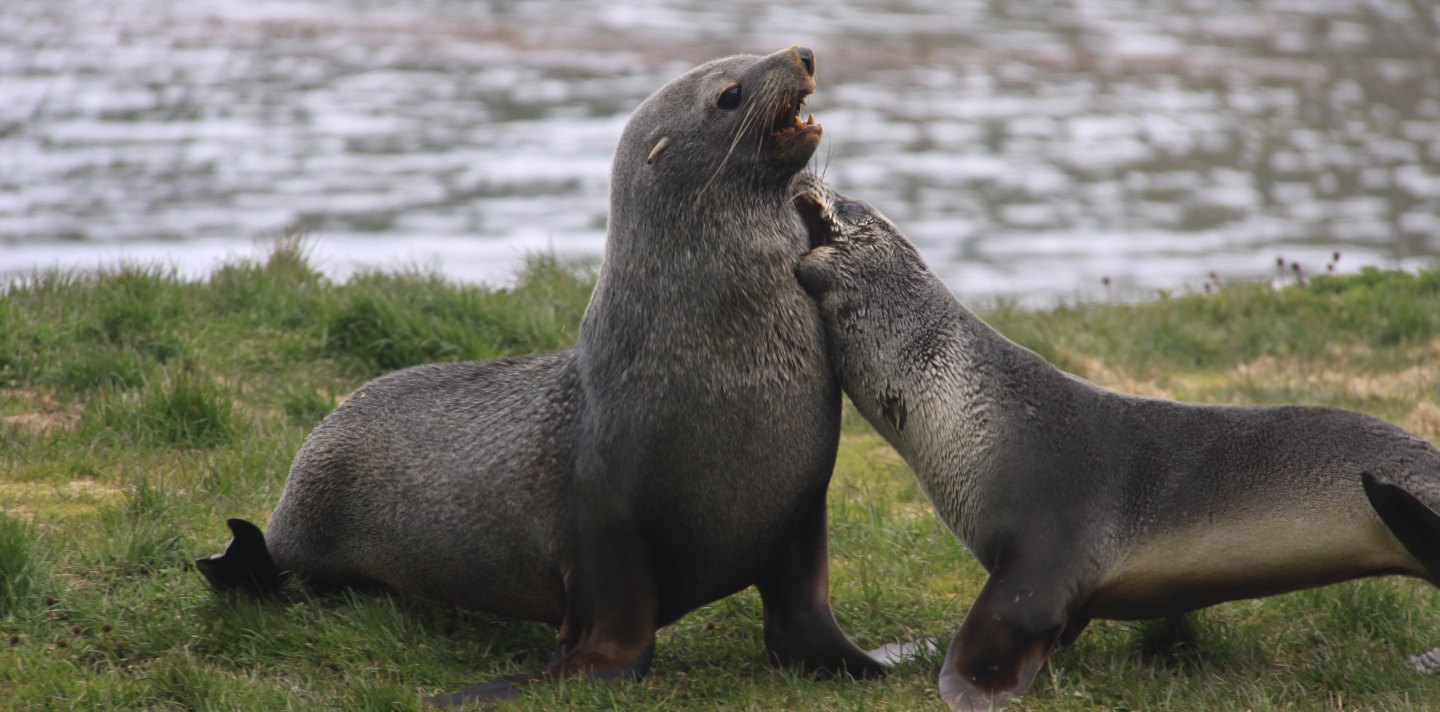
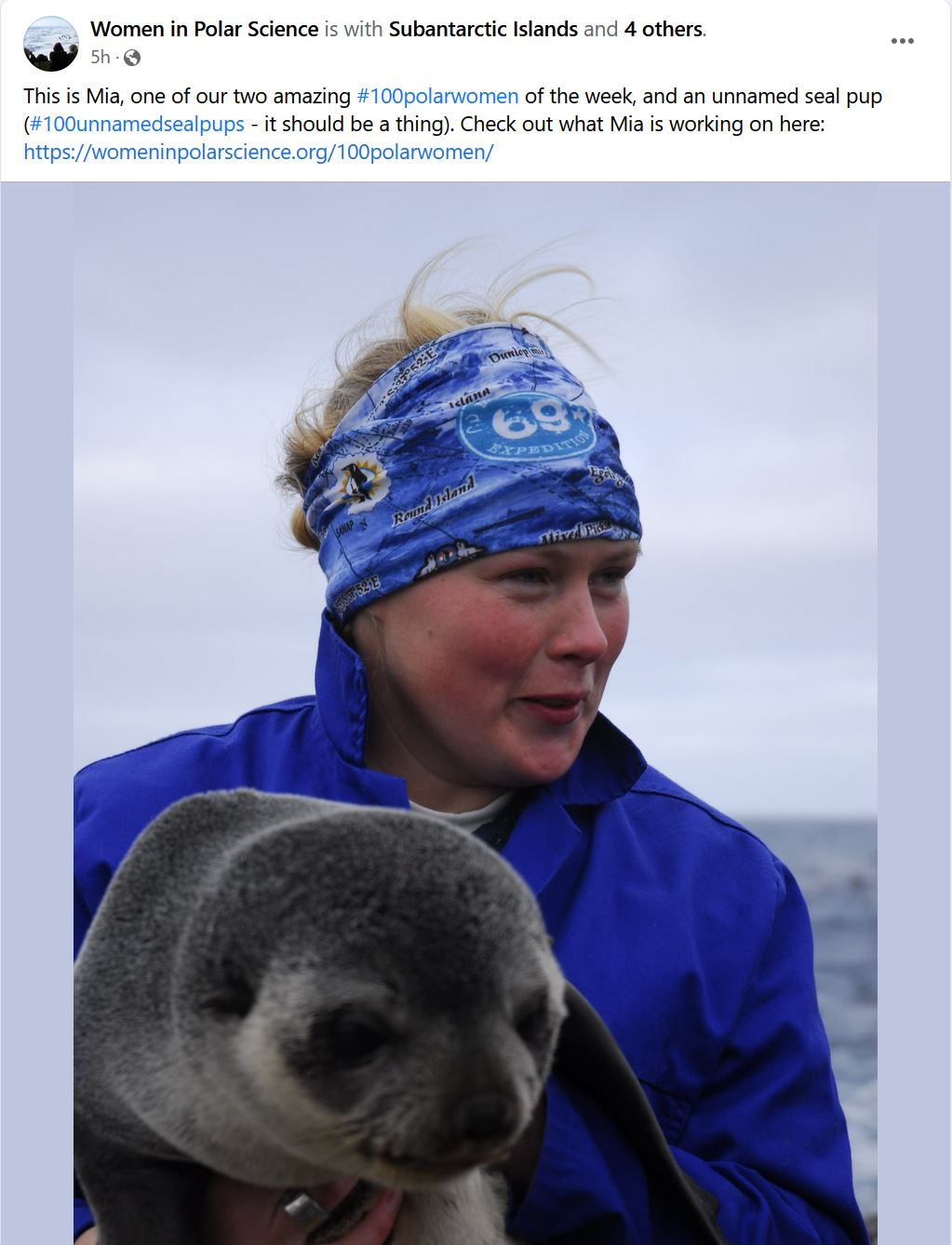 Dr Mia Wege chaired the session on Marine Mammals during the 6th SANAP Symposium that resorts within the Marine and Antarctic Research Strategy – ecosystems, biodiversity and biodiscovery. The session includes talks on various marine and the presentations were arranged according roughly to species and area. This Included elephant seals, fur seal, Ross seal, whales in ice, whales along the Southern African coast The session was presented in panel, discussion format, that allowed for questions form the audience. (Photo Credit: ALSA Archive)
Dr Mia Wege chaired the session on Marine Mammals during the 6th SANAP Symposium that resorts within the Marine and Antarctic Research Strategy – ecosystems, biodiversity and biodiscovery. The session includes talks on various marine and the presentations were arranged according roughly to species and area. This Included elephant seals, fur seal, Ross seal, whales in ice, whales along the Southern African coast The session was presented in panel, discussion format, that allowed for questions form the audience. (Photo Credit: ALSA Archive)
- Dr Christian Murray: Understanding the drivers of Marion Island’s elephant seal population. (Abstract)
- Leandri de Kock: Considering individual variation when investigating marine predator behaviours during life- history events(Abstract)
- Dr Liezl Pretorius and Dr Greg Hofmeyr (presenting): Canine morphometrics as a tool for distinguishing species, sex and age in Southern Ocean fur seals(Abstract)
- Dr Mia Wege: The conveyor belt of Ross seals in the Lazarev Sea and their behaviour. (Abstract)
- Matthew Germishuizen: Sea ice declines coincide with a period of reduced reproductive success in Southern Ocean top predator (Abstract)
- Oluwaseyi Paul Babalola: Entropy-based Detection and Classification of Bryde’s Whale Vocalizations: An Approach for Understanding and Conserving an Endangered Species(Abstract)
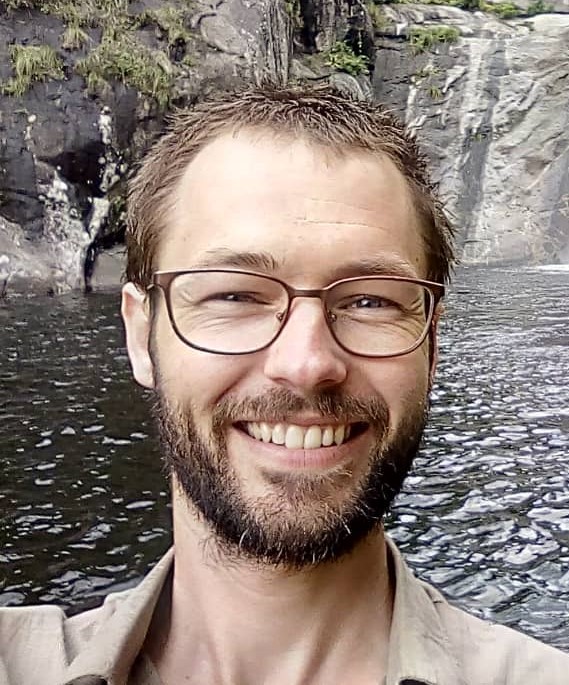
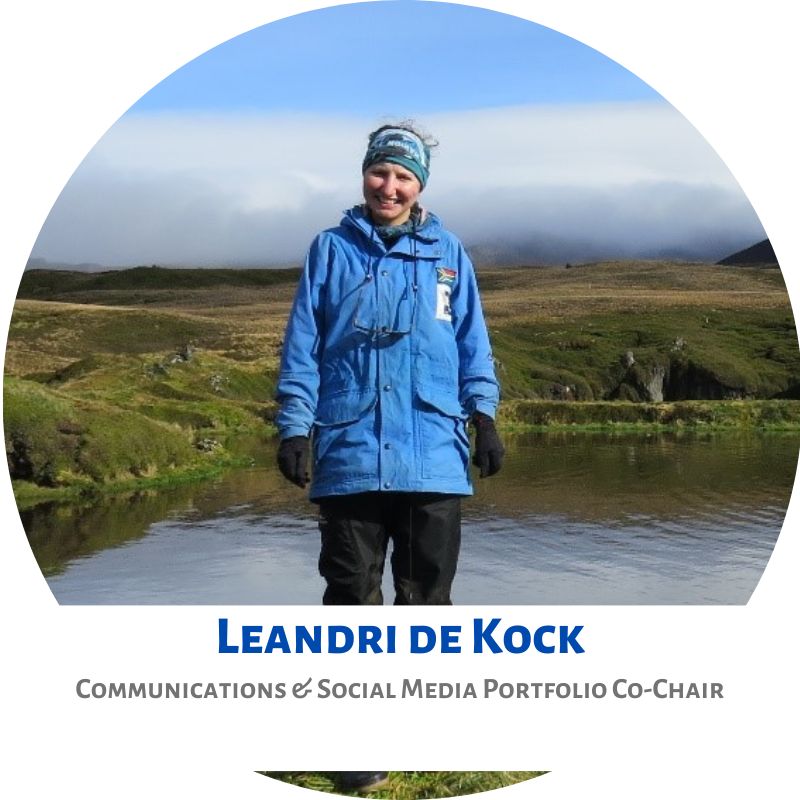
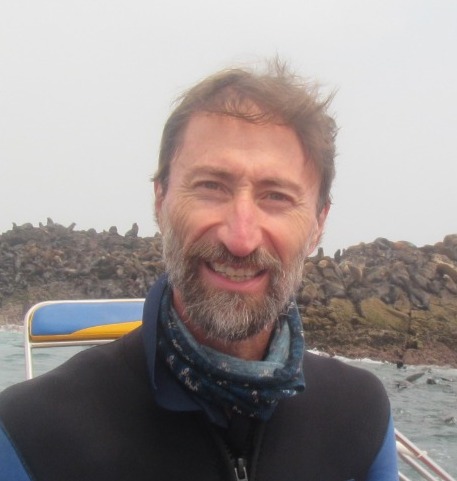
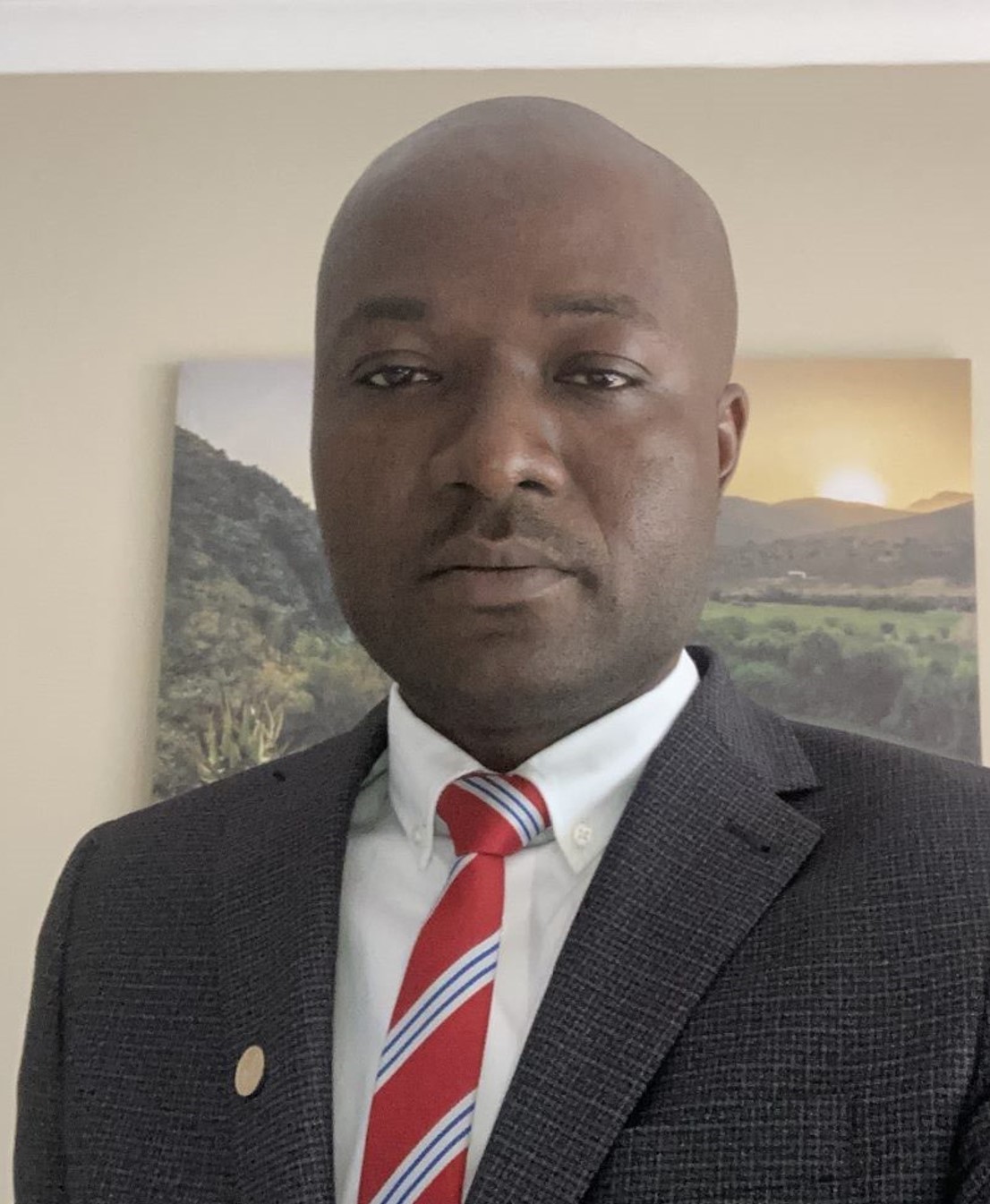
(Above L-R: Dr Christian Murray, Leandri de Kock, Dr Greg Hofmeyr, Oluwaseyi Paul Babalola)
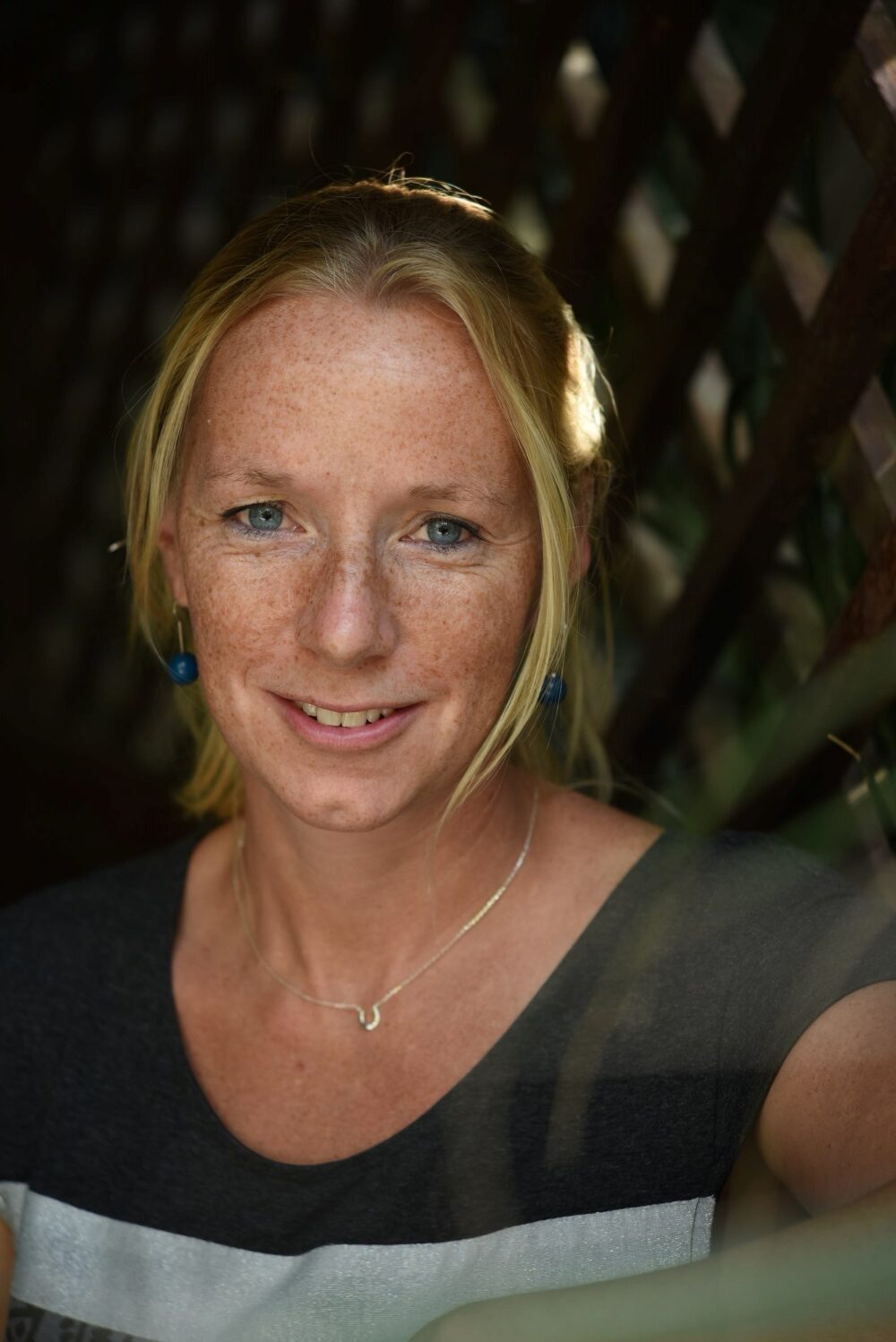
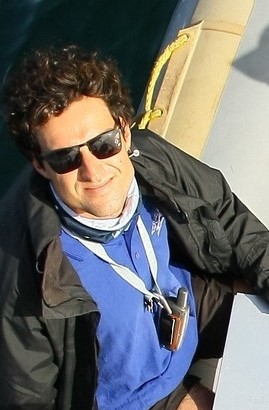
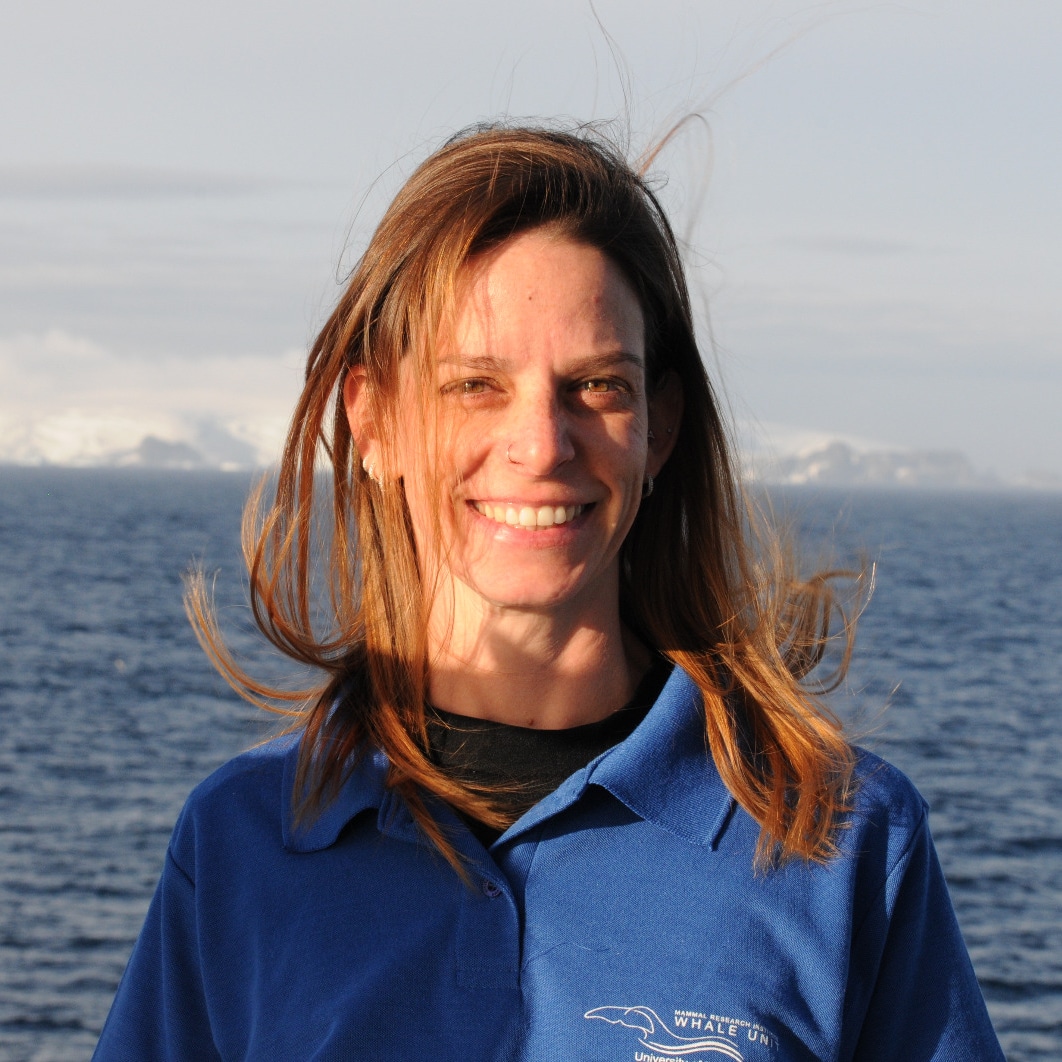
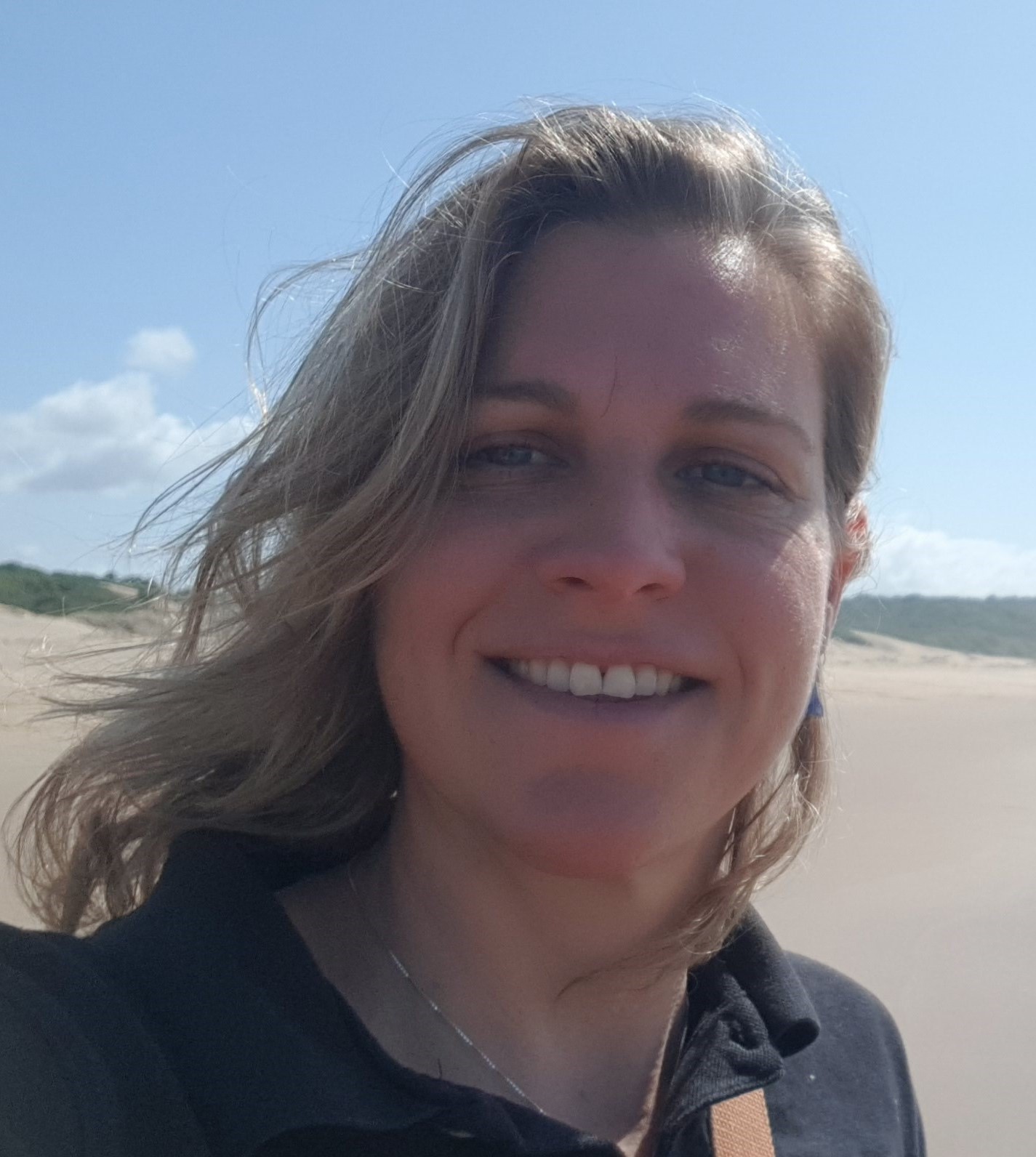
It was great to see the Mammal Research Institute Whale Unit of the University of Pretoria based in Hermanus, Western Cape represented during the symposium by Dr Els Vermeulen, Matthew Germishuizen, Elisa Seyboth and Antonia Immerz. (Above L-R)
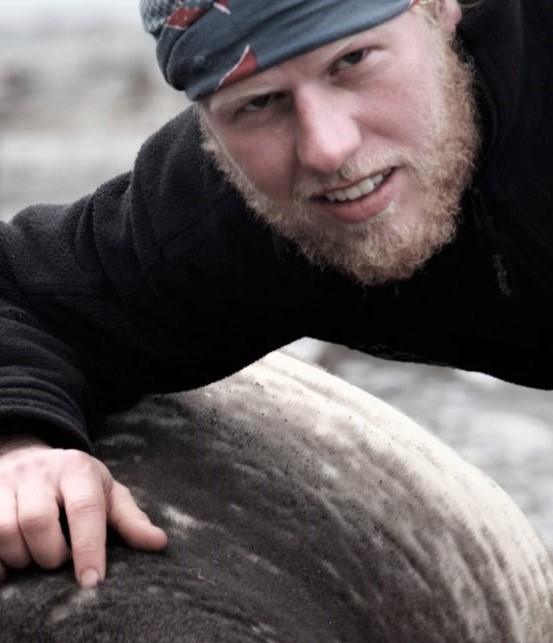
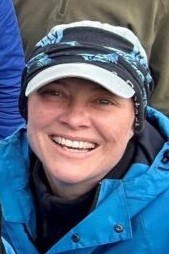
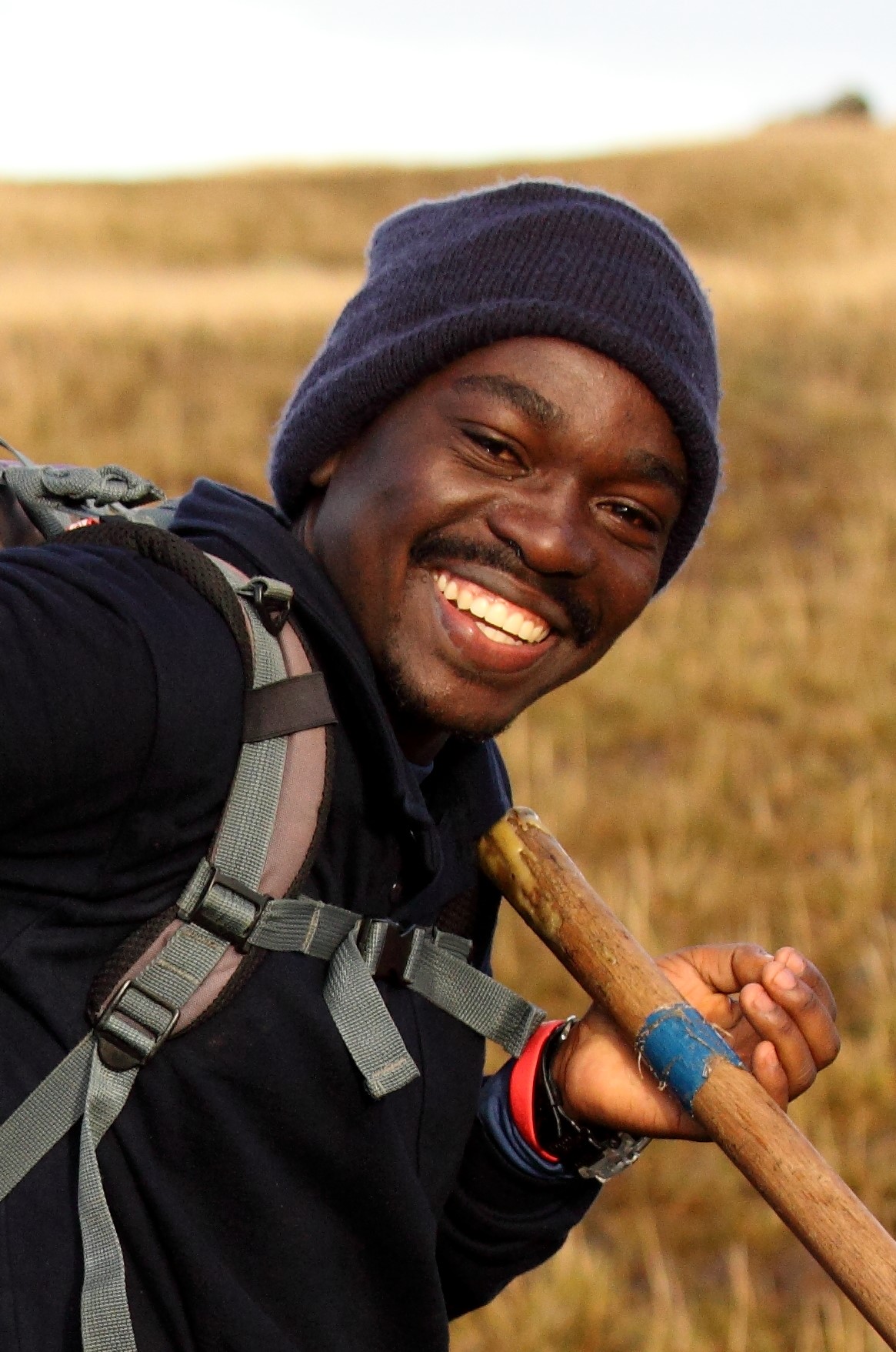
The Prince Edward Island scientific expedition was able to join the symposium on the 30th November and Chris Oosthuizen did his presentation in the session, ‘Data Management and the Summer Survey Participants’ chaired by Dr Christel Hansen. Liezel Pretorius was also able to join the conference on the Thursday. (Above L-R: Chris Oosthuizen, Liezel Pretorius, Yinhla Shihlomuhle)
- Dr Chris Oosthuizen. Marine predators: ecosystem sentinels that help inform Southern Ocean management. (Abstract)
An initiative by Mia Wege was to use the SANAP symposium to bring all “bio loggers/trackers” together, that included researchers who tag animals, mostly top predators across the globe. The purpose was to get some structure going and talk about a potential larger workshop specifically for the entire community. The meeting was well represented, and this was a great opportunity used.
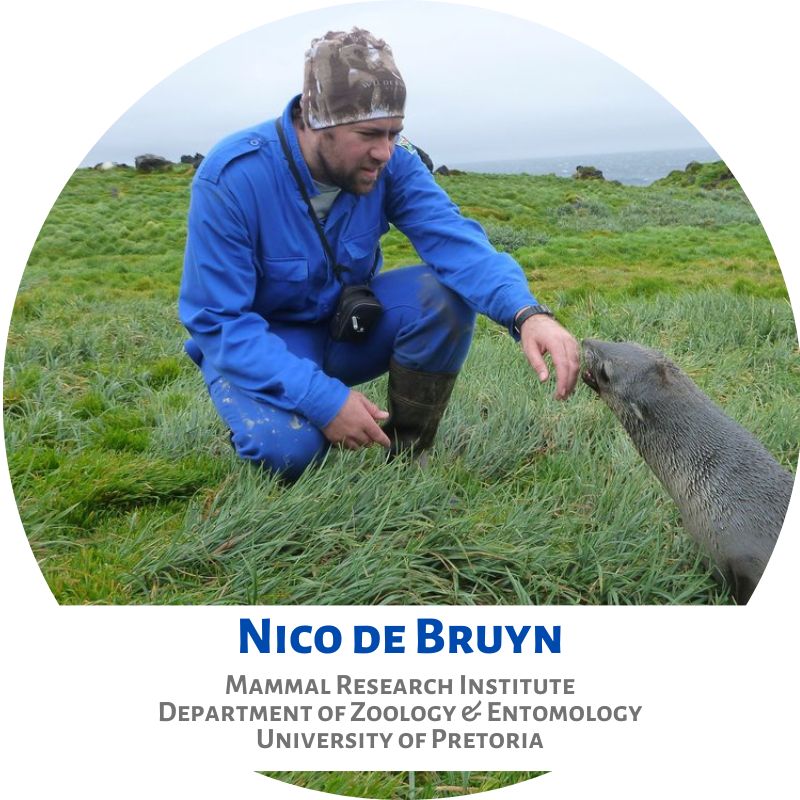
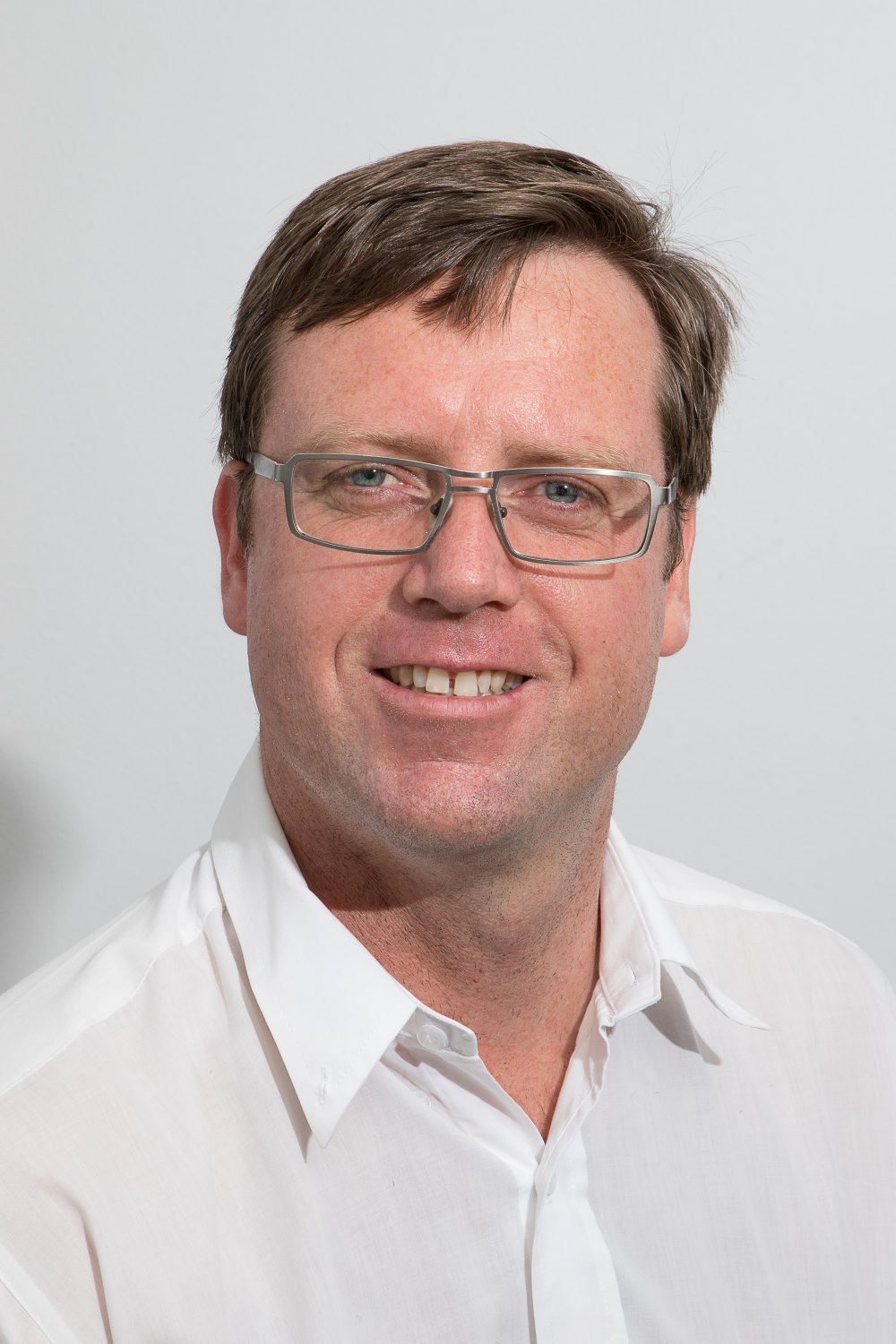 Two of the Principal investigators of the project were able to attend the symposium. ( Nico de Bruyn(left) – University of Pretoria and Jaco Versfeld (Right) Stellenbosch University)
Two of the Principal investigators of the project were able to attend the symposium. ( Nico de Bruyn(left) – University of Pretoria and Jaco Versfeld (Right) Stellenbosch University)

 Another session within the Marine and Antarctic Research Strategy research theme : Innovation and engineering was chaired by Annie Bekker of the Sound and Vibration Group (SVG) at Stellenbosch university. This was an evening session done in a round table format and included international speakers from Finland. Prof Bekker gave an overview of the research and the sessions format tool on a round table/panel discussion. (Picture: Presenters of the session at the venue)
Another session within the Marine and Antarctic Research Strategy research theme : Innovation and engineering was chaired by Annie Bekker of the Sound and Vibration Group (SVG) at Stellenbosch university. This was an evening session done in a round table format and included international speakers from Finland. Prof Bekker gave an overview of the research and the sessions format tool on a round table/panel discussion. (Picture: Presenters of the session at the venue) Above (l-r): Annie Bekker, Gerhard Durandt, Chante Van der Spuy, Nico de Koker
Above (l-r): Annie Bekker, Gerhard Durandt, Chante Van der Spuy, Nico de Koker Above(l-r): Micaela Melim, Ben Steyn, Brendon Nickerson, Nicole Taylor
Above(l-r): Micaela Melim, Ben Steyn, Brendon Nickerson, Nicole Taylor International speakers join the session and Sarah Nicholson of SOCCO present on robotics innovation. JP Barnard gave a presentation on data management during the cross-theme session chaired by Anne Treasure on day 1. Above(l-r): Jukka Tuhkuri, Miko Lensu, Sarah Nicholson, JP Barnard
International speakers join the session and Sarah Nicholson of SOCCO present on robotics innovation. JP Barnard gave a presentation on data management during the cross-theme session chaired by Anne Treasure on day 1. Above(l-r): Jukka Tuhkuri, Miko Lensu, Sarah Nicholson, JP Barnard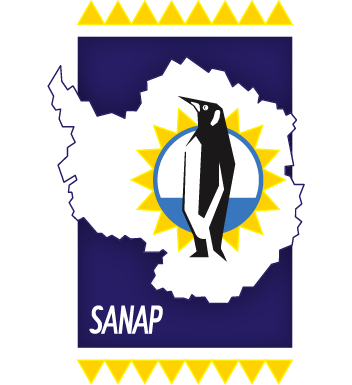

 Another session within the
Another session within the  Above (l-r): Pedro Lebre, Silindile Maphosa, Lefentse Mashamaite
Above (l-r): Pedro Lebre, Silindile Maphosa, Lefentse Mashamaite Prof Makhalanyane project presentations. Above (l-r): Runesu Bakasa, Marike Hillocks, Riaan Pierneef, Mancha Mabaso, Choaro Dithugoe
Prof Makhalanyane project presentations. Above (l-r): Runesu Bakasa, Marike Hillocks, Riaan Pierneef, Mancha Mabaso, Choaro Dithugoe Above: (l-r)Nosipho Hlalukana, Nyasha Mafumo, Phillip Mawire, Mayinbogwe Buthelezi
Above: (l-r)Nosipho Hlalukana, Nyasha Mafumo, Phillip Mawire, Mayinbogwe Buthelezi Poster Presentations. Above (l-r): Sade Magabotha, Christophe Lefebvre, Elizabe Malan, Benjamin Abraham, Nelisiwe Hedebe, Michelle Bekker
Poster Presentations. Above (l-r): Sade Magabotha, Christophe Lefebvre, Elizabe Malan, Benjamin Abraham, Nelisiwe Hedebe, Michelle Bekker
 Although Prof Makhalanyane(left) could only attend the National Committee and not the presentations, his students from Pretoria University were able to visit his new workplace at Stellenbosch University. (Photo credit: Riaan Pienaar)
Although Prof Makhalanyane(left) could only attend the National Committee and not the presentations, his students from Pretoria University were able to visit his new workplace at Stellenbosch University. (Photo credit: Riaan Pienaar)


 The second session within the
The second session within the  Above (l-r): Tesha Toolsee, Tommy Ryan-Keogh, Thapelo Ramalepe, Thato Mtshali.
Above (l-r): Tesha Toolsee, Tommy Ryan-Keogh, Thapelo Ramalepe, Thato Mtshali. Above(l-r): Sifiso Mpapane, Miranda Sitofile, Lillina Ruiters
Above(l-r): Sifiso Mpapane, Miranda Sitofile, Lillina Ruiters

 Prof Werner Nel chaired the session on earth system Observations under the title: “Antarctic and sub-Antarctic Earth Science”. The session opened with a talk by Geoff Grantham of University of Johannesburg and Werner then introduced research Landscape and climate interactions in the sub-Antarctic. The session was in the format of a panel and roundtable discussion. (Above group photo of Landscape research in mountain and polar environments)
Prof Werner Nel chaired the session on earth system Observations under the title: “Antarctic and sub-Antarctic Earth Science”. The session opened with a talk by Geoff Grantham of University of Johannesburg and Werner then introduced research Landscape and climate interactions in the sub-Antarctic. The session was in the format of a panel and roundtable discussion. (Above group photo of Landscape research in mountain and polar environments) In this session four higher education Institutions were represented.
In this session four higher education Institutions were represented. Above l-r: Geoff Grantham (UJ), Liezel Rudolph (UFS), Abu Nguna (UFH), Sibusiso Sinuka (UFH), Zenande Kabase(UFH)
Above l-r: Geoff Grantham (UJ), Liezel Rudolph (UFS), Abu Nguna (UFH), Sibusiso Sinuka (UFH), Zenande Kabase(UFH)  Other presentations of this project were given in the data management and humanities sessions as well as David Hedding in the summer survey as he only joined on 30 November due to the Prince Edward Island Scientific Expedition. (l-R: David Hedding (UNISA), Marike Stander (UFS), Bjorn Boyes (UFS)
Other presentations of this project were given in the data management and humanities sessions as well as David Hedding in the summer survey as he only joined on 30 November due to the Prince Edward Island Scientific Expedition. (l-R: David Hedding (UNISA), Marike Stander (UFS), Bjorn Boyes (UFS)

 Dr Mia Wege chaired the session on Marine Mammals during the 6th SANAP Symposium that resorts within the Marine and Antarctic Research Strategy – ecosystems, biodiversity and biodiscovery. The session includes talks on various marine and the presentations were arranged according roughly to species and area. This Included elephant seals, fur seal, Ross seal, whales in ice, whales along the Southern African coast The session was presented in panel, discussion format, that allowed for questions form the audience. (Photo Credit: ALSA Archive)
Dr Mia Wege chaired the session on Marine Mammals during the 6th SANAP Symposium that resorts within the Marine and Antarctic Research Strategy – ecosystems, biodiversity and biodiscovery. The session includes talks on various marine and the presentations were arranged according roughly to species and area. This Included elephant seals, fur seal, Ross seal, whales in ice, whales along the Southern African coast The session was presented in panel, discussion format, that allowed for questions form the audience. (Photo Credit: ALSA Archive)











 Two of the Principal investigators of the project were able to attend the symposium. ( Nico de Bruyn(left) – University of Pretoria and Jaco Versfeld (Right) Stellenbosch University)
Two of the Principal investigators of the project were able to attend the symposium. ( Nico de Bruyn(left) – University of Pretoria and Jaco Versfeld (Right) Stellenbosch University)
